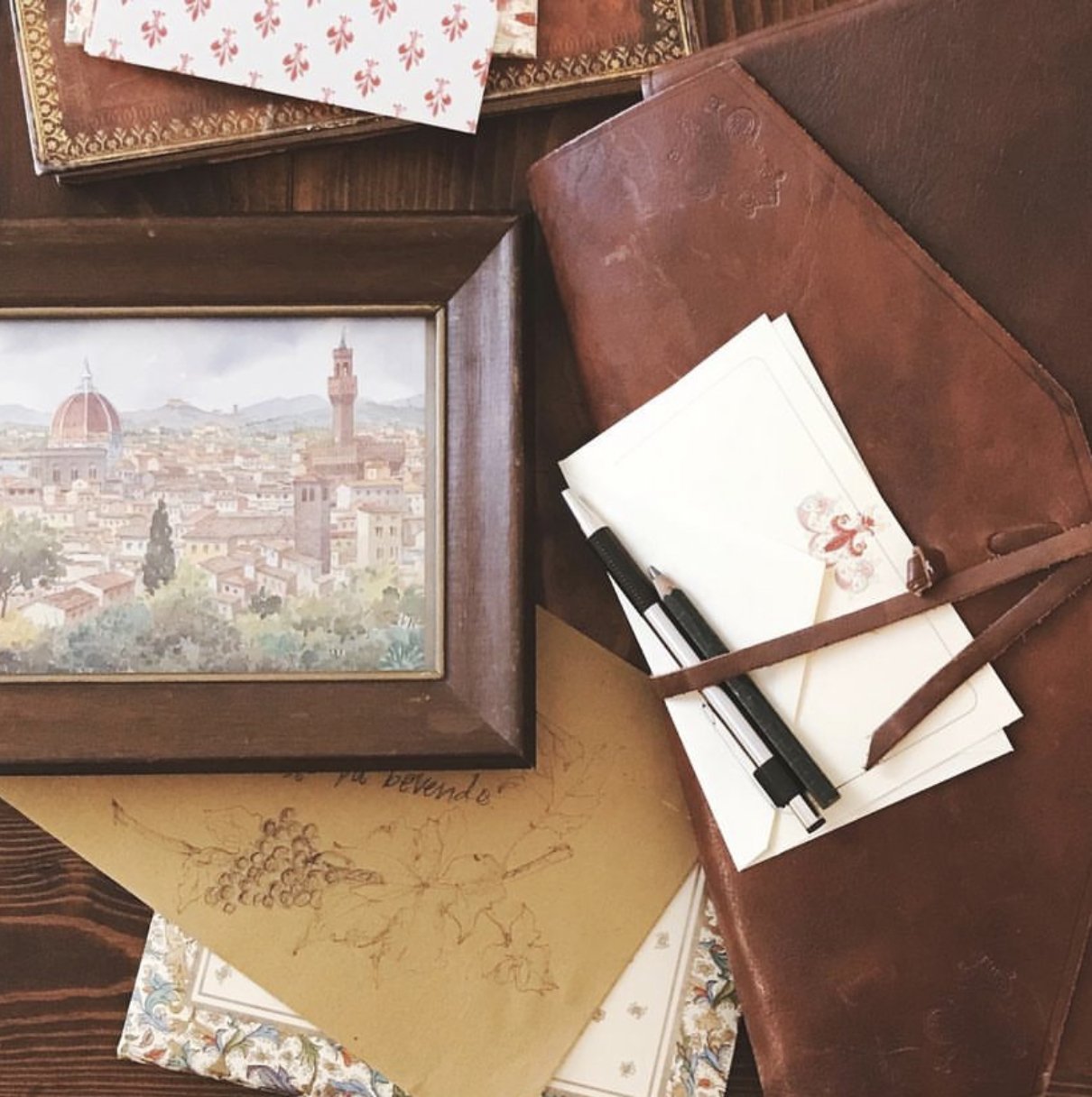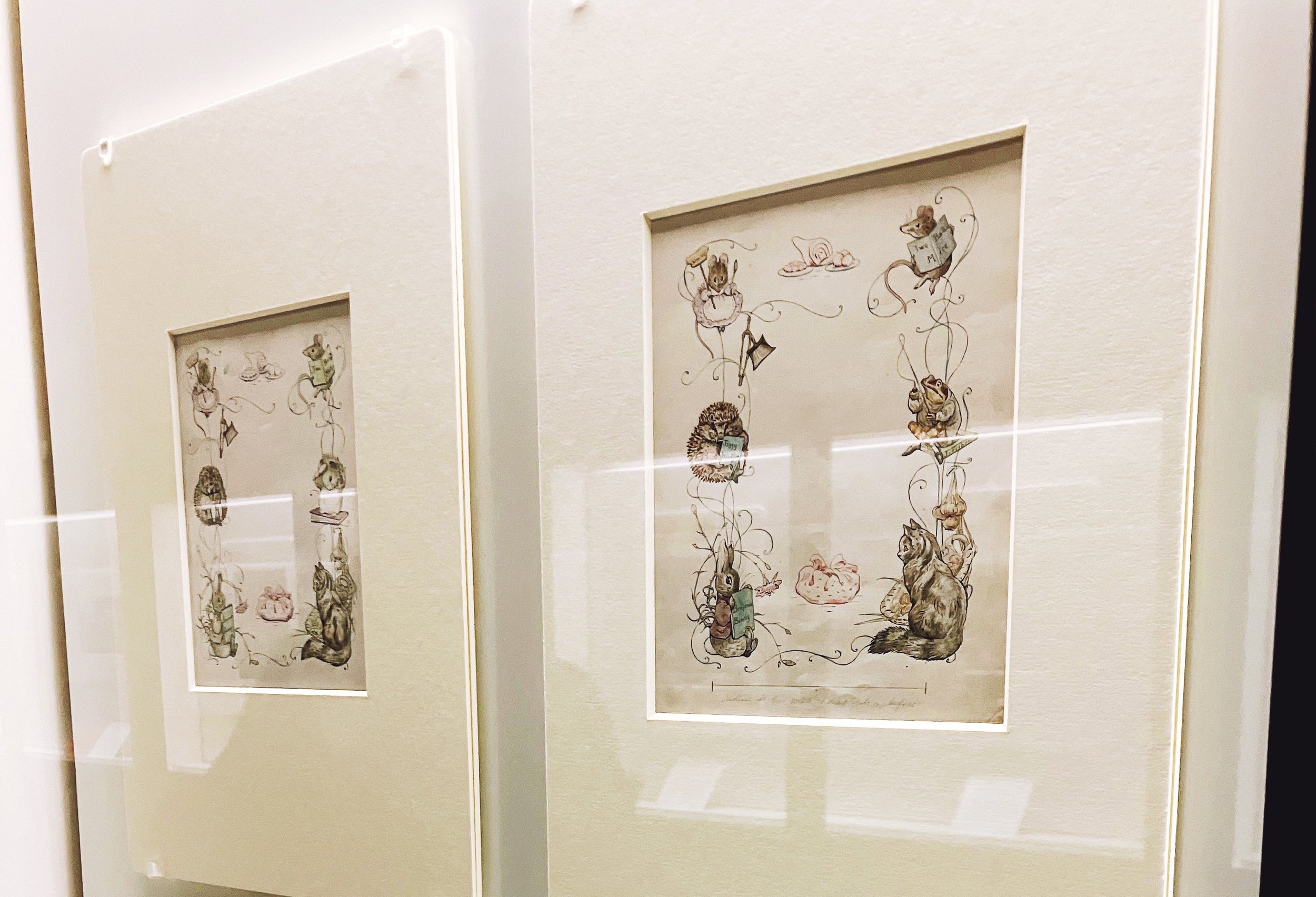
Katy Rose Collection: Art, Words
Tension of Two Cities
Image © Charles Marville / Musée Carnavalet / Roger-Viollet
The Metropolitan Museum of Art was hosting a French photography exhibit several years back and there was one shot in particular that moved me. During this period in Paris, masses of the working poor were forced out of the inner city and into shanty towns on the city's edge. So while the world saw dazzling development, the more authentic picture was this:
"The photograph conveys what one author claimed in 1870, that Paris was in essence two cities 'quite different and hostile: the city of luxury, surrounded, besieged by the city of misery.' ”
It struck me because I had seen this tension many times. Just saw it again this morning. Pain and the beauty all mixed up together. The perpetual awareness of life in a fallen, beautiful world startles you and changes you. Heartache lives on the same street as hope.
The best is yet to come, and for now, we keep choosing our responses to what we witness.
For the longer story with lessons from our life in NYC, see this post from ten years ago.
Top Photo: Top of the rue Champlain (View to the Right) (20th arrondissement), 1877–1878
Image © Charles Marville / Musée Carnavalet / Roger-Viollet
Just As I Am
Have you ever sung the hymn Just As I Am?
Just as I am, without one plea,
But that Thy blood was shed for me,
And that Thou bid’st me come to Thee,
O Lamb of God, I come! I come!
It was written by a woman who rarely left her sickbed. Charlotte Elliott, born in 1789, spent most of her adult life ill and uncomfortable. She felt useless, forgotten, and bitter toward God.
Until one day, a pastor told her, "Come to Jesus... just as you are."
And that moment changed everything. Charlotte understood for the first time that she was accepted and loved in her brokenness because of Christ. Though her body remained frail, her soul was set free. She surrendered her life and picked up her pen.
From that place of pain, she wrote hundreds of hymns, poems, and letters, including the one that still invites us all to come just as we are.
She once wrote:
“God sees, God guides, God guards me. His grace surrounds me, and his voice continually bids me to be happy and holy in His service just where I am.”
We don’t have to be strong, because it’s the Lord who is the strength in our weakness.
Just as I am, Thy love unknown
Has broken every barrier down;
Now, to be Thine, yea, Thine alone,
O Lamb of God, I come, I come!
The Real Timeline of a Masterpiece
On a rainy day in London, a visit to the Victoria and Albert Museum in London offered new perspective.
My husband and I ducked into the Victoria and Albert Museum on a rainy day in London a few years ago. A line wound around the lobby for a Chanel fashion exhibition, but we slipped past and headed upstairs to find the two things I was looking for.
In our laundry room hangs a print of The Way Wain by John Constable (1821). I found it at a garage sale 15 years ago and grabbed it without knowing the painting or artist. I’ve grown to love it exponentially more as I’ve read about John Constable and his work in the years since.
At the Victoria and Albert hangs not the final Hay Wain, but his original to-scale draft that he completed before painting the actual piece, a glimpse of the hours of work he put in leading up to the final masterpiece. Somehow, I was drawn to the draft more than the completed work. You could feel that the artist was just a person, still practicing.
Nearby, in a befittingly cozy passageway hung several Beatrix Potter originals, paintings that my children and I have seen so often in our well-loved copies of Peter Rabbit, Mrs. Tittlemouse, Jeremy Fisher, and the whole bunch. But what I loved most of all were the early sketches.
I purchased a print of a pencil sketch of Mother Rabbit and her children to hang at home beside a copy of the real thing seen in The Tale of Peter Rabbit, a little reminder that in our house there’s a lot of praying, planning, and messing up on the way to the finished product.
More often than not, our days look like a sketchbook, full of eraser marks, rewrites, prayers. Masterpieces might be our final point on the timeline but the beautiful work often comes in the perseverance and diligence leading there.













